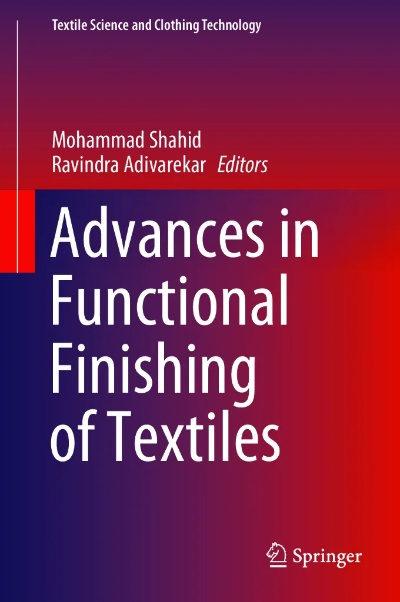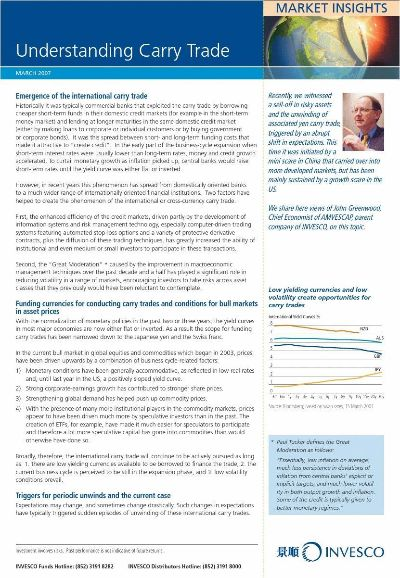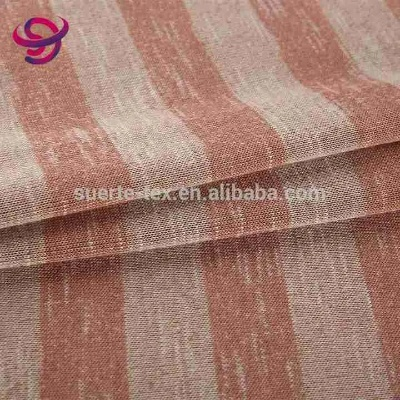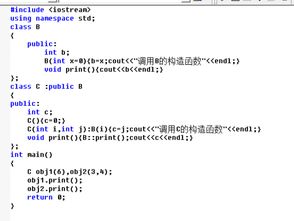The Hidden Dangers of Textile Trade Fraud:A Comprehensive Analysis
The textile trade is a multi-billion dollar industry, but it's also plagued by fraudulent practices. From counterfeit goods to price gouging, there are numerous hidden dangers lurking beneath the surface of this bustling market. In this comprehensive analysis, we delve into the intricacies of textile fraud and explore the various tactics used by fraudsters to exploit the industry. We examine the impact of these practices on consumers, manufacturers, and the wider economy, and discuss strategies for preventing and combating these threats. Through our analysis, we hope to raise awareness of the dangers of textile trade fraud and inspire action to protect both the industry and consumers alike.
Introduction: The global textile industry is one of the most significant sectors in the world, with billions of dollars invested in manufacturing and exporting fabrics, yarns, and other related products. However, behind this seemingly prosperous scene lies a dark side—textile trade fraud. This phenomenon involves deliberate deception and manipulation in the textile supply chain to gain unethical profits, often involving falsified documents, counterfeit goods, and even human labor exploitation. In this analysis, we will delve into the various forms of textile trade fraud, their impact on the industry, and the measures that can be taken to combat them.
Forms of Textile Trade Fraud:

-
Falsified Documents: One of the most common forms of textile trade fraud involves the forging or alteration of documents such as invoices, bills of lading, and customs declarations. These documents are used to claim payments from buyers or to avoid taxes and duties.
-
Counterfeit Goods: Another tactic involves producing fake or substandard goods that look like genuine ones but may have inferior quality, poor design, or expired expiration dates. These products are often sold at lower prices to attract customers who do not inspect closely.
-
Human Labor Exploitation: In some cases, textile manufacturers may use child labor or forced labor to produce goods. This practice violates international labor laws and contributes to the exploitation of vulnerable workers.
-
Price Rigging: Companies may manipulate pricing strategies to increase profits, such as setting artificially high prices or offering discounts to buyers during peak seasons.
-
Quality Control Violations: Some textile manufacturers may fail to comply with quality standards, resulting in products that do not meet customer expectations or regulatory requirements.
Impact of Textile Trade Fraud: Textile trade fraud has severe consequences for both the industry and its stakeholders. Here are some of the key impacts:
-
Loss of Trust: Customers lose trust in the authenticity and quality of textile products when they encounter fraudulent practices. This can lead to reduced sales and brand reputation damage.
-
Economic Impact: Textile trade fraud can result in significant economic losses for the industry. It can lead to lost revenue, increased costs for detection and enforcement, and potential legal actions against fraudsters.
-
Social Consequences: The exploitation of workers by textile manufacturers can lead to social issues such as poverty, health hazards, and lack of education opportunities for young people.
-
Environmental Concerns: The production of counterfeit goods and the use of substandard materials can lead to environmental pollution and resource depletion, which can have long-term negative effects on the planet.
Measures to Combat Textile Trade Fraud: To address these challenges, several measures can be implemented:
-
Strengthening Regulatory Policies: Governments should establish stricter regulations and penalties for textile trade fraud. This includes increasing transparency in documentation and inspection processes, implementing anti-counterfeiting measures, and enforcing labor laws to protect workers' rights.
-
Enhancing Technology: Technological advancements can help detect fraudulent activities. For example, using blockchain technology to track the origin and authenticity of textile products can enhance traceability and prevent counterfeiting.
-
Investing in Research: Companies should invest in research to develop better quality control systems and improve product quality. This can include investing in advanced testing methods and monitoring systems to identify any deviations from standards.
-
Educating Stakeholders: Education plays a crucial role in preventing textile trade fraud. Organizations should educate consumers, manufacturers, and regulators about the importance of verifying product authenticity and ensuring compliance with ethical and legal standards.
-
Collaboration Among Industry Players: Companies, governments, and NGOs should work together to combat textile trade fraud. This can involve sharing information, resources, and best practices, as well as promoting awareness campaigns and advocating for stronger international cooperation.
Conclusion: Textile trade fraud is a complex issue that requires a multifaceted approach to address. By strengthening regulatory policies, enhancing technology, investing in research, educating stakeholders, and collaborating among industry players, we can create a safer and more transparent environment for the textile industry. Only through collective efforts can we hope to eradicate this problem once and for all.
近年来,纺织品出口市场日益繁荣,但也伴随着一些不法商家的造假行为,本文将深入探讨纺织品出口造假现象,并通过案例分析来说明其危害和影响。
纺织品出口造假现象概述
现象描述
纺织品出口造假现象主要包括伪造产地、质量低劣、虚假标签等行为,这些行为严重损害了消费者的权益,破坏了国际贸易秩序,也对国家的经济安全造成了威胁。
案例分析

某知名纺织品出口企业近期被发现存在大量伪造产地和低劣质量的产品,这些产品在国际市场上引起了广泛的质疑和谴责,严重损害了该企业的声誉和信誉。
某地区纺织品出口市场存在一些不法商家使用虚假标签、掺杂掺假等手段进行欺诈行为,这些行为不仅扰乱了市场秩序,也损害了消费者的权益。
纺织品出口造假的原因分析
法律制度不完善
当前,我国对于纺织品出口造假行为的打击力度还不够强,相关法律法规还不够完善,一些不法商家为了追求利益最大化,铤而走险,从事这种违法行为。
市场需求驱动
纺织品出口市场对于某些地区和国家来说具有很高的经济价值,一些不法商家为了追求短期的经济利益,铤而走险从事这种违法行为,一些地方政府对于纺织品出口的监管不够严格,也为不法商家的违法行为提供了可乘之机。
纺织品出口造假的危害和影响
损害消费者权益
纺织品出口造假行为严重损害了消费者的权益,消费者购买到低劣质量的产品,无法得到应有的保障和权益,这不仅影响了消费者的购物体验,也破坏了国际贸易秩序。
破坏国际贸易秩序
纺织品出口造假行为破坏了国际贸易秩序,这种违法行为严重扰乱了市场秩序,破坏了国际贸易的公平竞争原则,这也给其他国家的消费者带来了极大的风险和隐患。
影响国家经济安全
纺织品出口造假行为不仅损害了企业的声誉和信誉,也影响了国家的经济安全,这种违法行为严重破坏了国家的经济秩序,给国家的经济发展带来了极大的负面影响。
应对纺织品出口造假的措施和建议
加强法律制度建设
政府应加强对于纺织品出口造假行为的打击力度,完善相关法律法规,应加强对企业的监管和执法力度,严厉打击违法行为。
提高市场监管力度
地方政府应加强对纺织品出口市场的监管,严格把控市场准入条件,加强对企业的审查和评估,应加强对消费者的教育,提高消费者的维权意识。
加强国际合作与交流
应加强国际合作与交流,共同打击纺织品出口造假行为,各国应加强合作,共同打击跨国犯罪行为,维护国际贸易秩序和公平竞争原则。
纺织品出口造假现象是一个不容忽视的问题,它严重损害了消费者的权益,破坏了国际贸易秩序,也影响了国家的经济安全,应加强法律制度建设,提高市场监管力度,加强国际合作与交流,共同打击纺织品出口造假行为,消费者也应提高自身的维权意识,维护自己的合法权益。
Articles related to the knowledge points of this article:
The Dynamics of the KAIXIN Textile Industry in Guangzhou
The Role of Textile Ingredients in the Quality and Durability of Clothing
A Comprehensive Guide to Purchasing Inventory Textiles in Zhejiang
Narishima Textiles:Crafting the Perfect Blend of Quality and Style



